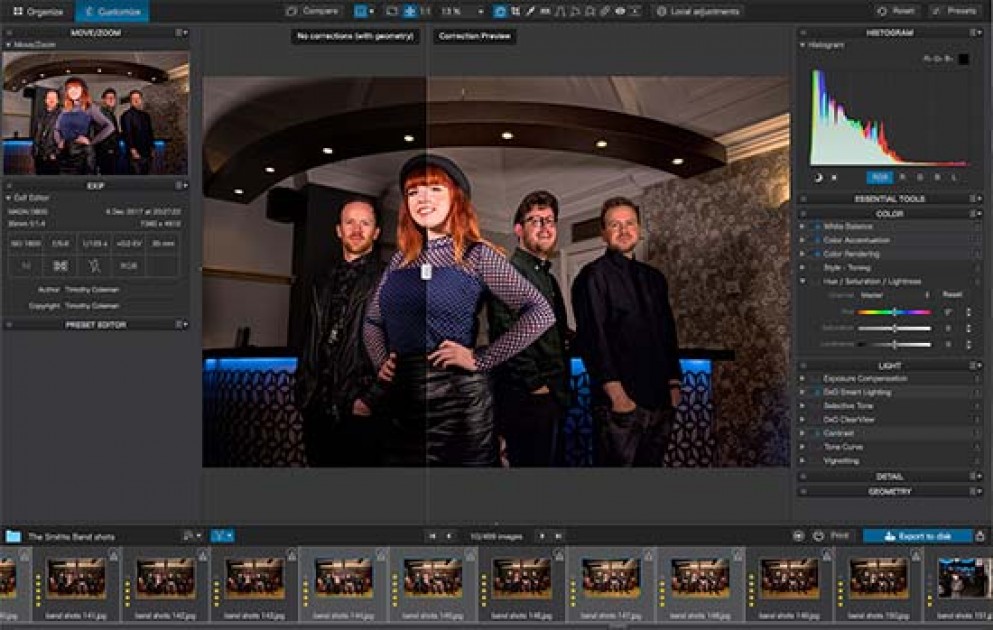

In this regard, DXO 8 and Capture One 7 are focused only on conversion. It handles tagging, geotagging and a lot of smart filtering and reviewing. Lightroom 4 is the only program that’s also a real DAM (Aperture is too).

FeaturesĪll programs are remarkably similar in their core capabilities, so rather than providing a very long list of features, I’ll concentrate on the differences. In Lightroom I can have the main monitor in Develop, a secondary on Survey mode and the third in Library. In Capture One and DXO you can “undock” panels on the secondary screen (usually the thumbnails) but it’s not the same thing. All three programs are able to take advantage of more than one monitor, but Lightroom makes this easy and more flexible – you select exactly what you want to see on the second screen.

Lightroom also includes the best dual screen support. Lightroom 4 adds a “Map” mode for geotagged photos and in addition to the Web/Print/Slideshow tags it has a rather interesting “Book” tab that lets you create photobooks (and even send them to Blurb for print).
#Dxo optics pro 8 lightroom full#
Unlike DXO and Capture One, Lightroom aims to be a full DAM (Digital Asset Manager), however having to jump between the “Library” and “Develop” mode still irritates me after all this time – Aperture could work seamlessly. You can easily customize the interface to fit your own workflow, turn panels off, even customize the “nameplate” to your company name – a nice touch for when you’re working with a client. Lightroom has a simple and intuitive interface with parts that can be easily shown or hidden easily. Image in center, collapsible panels on the sides, a filmstrip on the bottom – Lightroom, Capture One Pro and DXO use the same blueprint. Dark, mostly monochrome interfaces allow the user to discern easily between subtle shades of colors and dark tones. InterfaceĪll three programs have remarkably similar interfaces. If they do come up with a real upgrade, I may reconsider its inclusion. Aftershot is not different from Bibble 5 that I reviewed 2 years ago. Unfortunately Corel has a terrible record with innovation (and I say that as a former Corel fan of the ’90s). Corel bought Bibble and renamed it Aftershot Pro. I dropped Bibble Pro for the same reason. Compare this with Lightroom constant updates that bring new features even in point-releases. They add supported cameras from time to time but not much else. I decided to drop Aperture because Apple hasn’t upgraded it in over 2 years. The RAW converters I’ll be reviewing are:

Reviewing for example ACDSee with Lightroom would be pointless because ACDSee is intended for a different class of users.Ĭompared to my last review in 2010, I decided to remove two programs. One problem is that not all programs are even in the same ballpark. I also get requests to include program A or B as well. Over the years I tried to add and compare more products. I’ve been using each app for a very long time and I spend weeks with the new versions before writing the conclusions.
#Dxo optics pro 8 lightroom series#
I started this series of articles 6 years ago and their success has encouraged me to keep going. And what’s really exciting is that with each new generation of software, the processing becomes even more powerful, allowing one to revisit old photos and get even more “punch” out of them. While most casual photographers still shoot in JPEG, there’s no denying that RAW gives the photographer unparalleled control, allowing one to actually make the picture, not just take it.


 0 kommentar(er)
0 kommentar(er)
